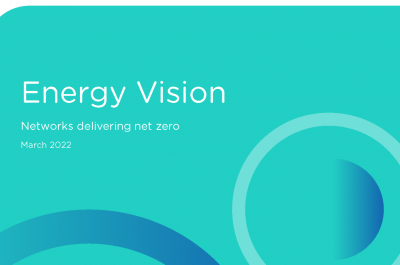WA drives smart grid solutions
Western Power (WP) is the transmission and distribution business which delivers power to Western Australians from a range of traditional and renewable energy sources [1]. The WP network connects more than one million customers over an area larger than the United Kingdom, with power lines spanning from Kalbarri in the north, south to Albany and out to Kalgoorlie in the east as shown in Figure 1.
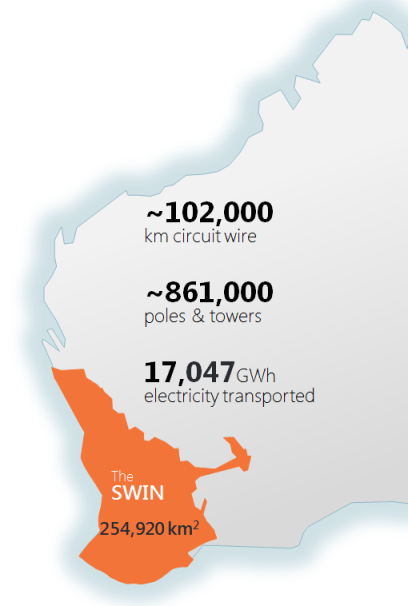
Figure 1: Western Power’s network
More than 52 per cent of WP’s overhead distribution network serves less than 3 per cent of its customers because much of the WP region is rural and sparsely populated. As challenging as this is, it also offers opportunity for more than half of WP’s overhead distribution network to evolve and provide customers with a better, technology-enabled solution.
Historically, WP has taken a watch and wait approach to network planning, only taking action when electricity demand reached a certain forecast level. However, the success of a modern, modular electricity network now depends on getting ahead of the curve. Identifying opportunities to apply new technologies, understanding how the network will function and developing capabilities to meet customer choices have become critical.
Western Power’s Grid Transformation Engine
WP engaged with customers to gain key insights into their underlying energy needs. This included reliability, price, access to network, their desire to use new technologies and pricing sensitivities.
These insights and scenario based planning methods were used to develop the Grid Transformation Engine (GTEng), which integrates new, deep customer insights and external market signals with existing integrated asset planning methods.
The GTEng is a suite of software tools and applications that draws in a wide range of inputs to forecast the most probable shape and makeup of the electricity network, looking ahead 30 years. The conceptual diagram of GTEng is shown in Figure 2. The objective of the GTEng is to understand the best technology solutions to serve the customers of the future, which also has to satisfy safety, reliability and affordability drivers.
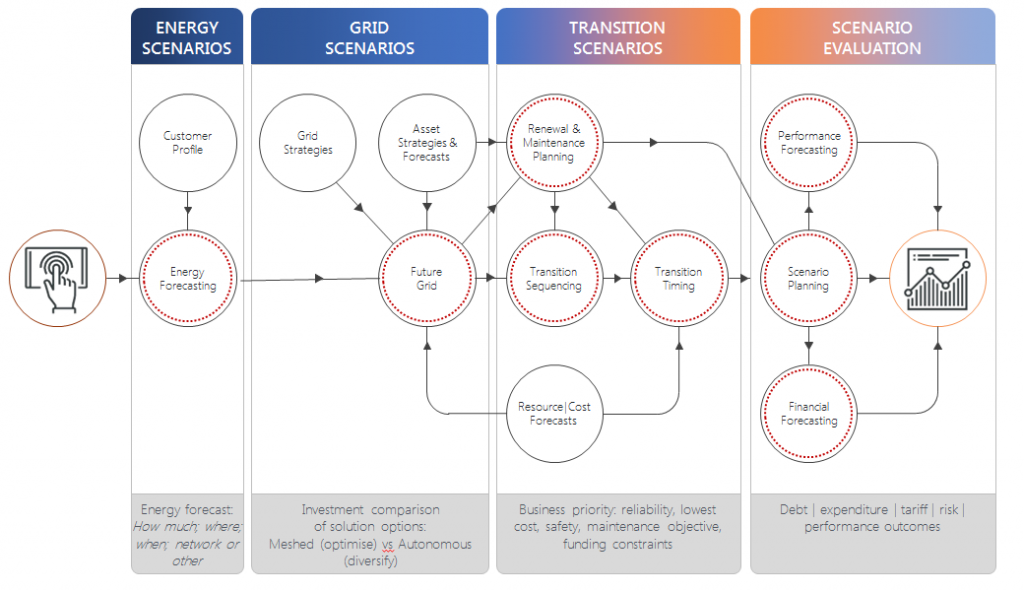
Figure 2: Grid Transformation Engine
The GTEng considers solar power, battery storage, microgrids, stand-alone power systems (SPS), virtual power plants and the existing poles and wires to identify energy solutions that are helping to drive a smarter grid. The GTEng methodology is shown in Table 1:
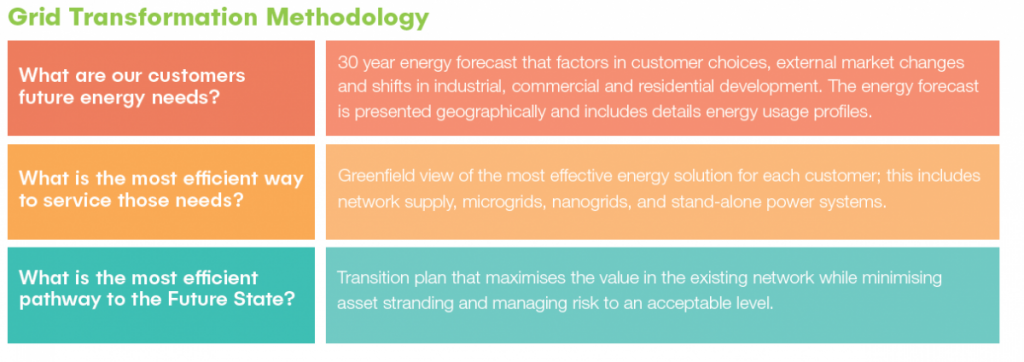
Table 1: Grid transformation methodology
Energy profiles are developed for customer groups, utilising macro-economic data at a state level, geographic data and customer insights for each of the residential, commercial and industrial customer group. The GTEng provides insight into how the network can efficiently transition over the next 10, 20, 30 years and beyond.
Figure 3 shows the sample outcome for network utilisation based on the forecasted customer energy requirement and potential planning response for a 30-year scenario. It shows the locations where network capacity shortfall will likely occur or may emerge, and the appropriate planning response required.
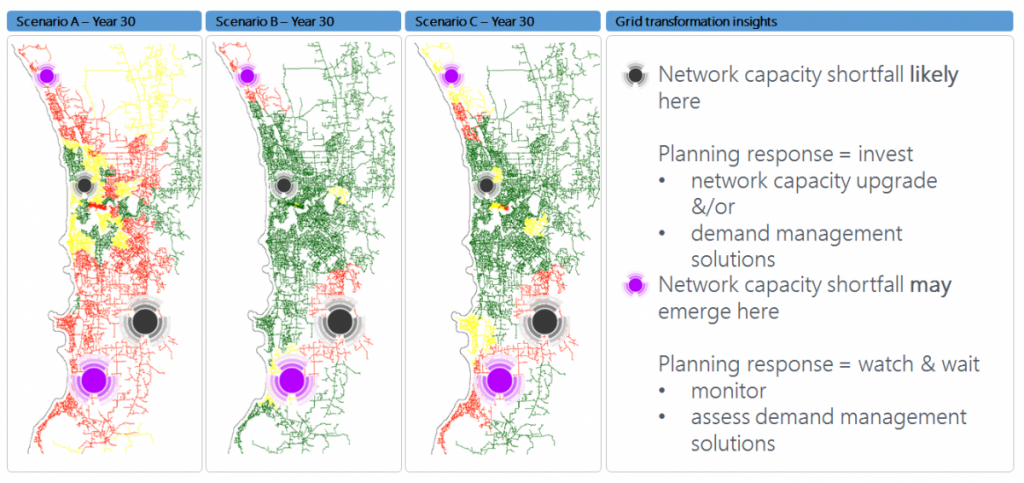
Figure 3: Energy forecasting – 30-year scenario (sample outcome)
The energy profiles provide greater clarity around network tariff trajectories that will influence the technical rules and regulatory or policy changes needed to unlock customer choice.
Advantages over the status quo
WP’s assets have lives of 30-70 years, so ensuring those investments are viable across the entire asset life is critical in the face of a rapidly evolving energy future. A common misconception is that continuing to renew the existing network represents a safe course of action. In a stable business environment this may be true, however a different approach is needed when disruptive changes are considered.
The GTEng offers a prudent and efficient way to plan and build the network of the future. It helps to minimise the risk of investing in stranded assets by informing with greater confidence the long-term decision making used to optimise the existing infrastructure. This ensures that the customer’s needs are fulfilled at the most efficient cost.
This level of analysis has not been done before and informs a range of strategic business decisions. Determining the shape of the future electricity grid is a key activity heavily influenced by the customer energy forecast. This in turn determines WP’s short and long-term network investment plans that impact their day to day network maintenance and renewal works.
Long-Term Benefits: Inspiring Future Innovation
The GTEng is enabling the strategic application of new types of technology that have shown merit in supplying customers more efficiently.
For example, modelling showed an opportunity for more than 15,000 existing customers may be more cost effectively served by stand-alone power systems (SPS) across the WP grid. So, in an Australian-first demonstration project of its scope and size, WP is installing about 60 SPS. The project demonstrates that utilities can maintain a regulated service to a broad base of customers but through a different type of infrastructure. WP’s SPS project will validate the belief that these systems can be deployed and managed as a scalable technology as shown in Figure 4.
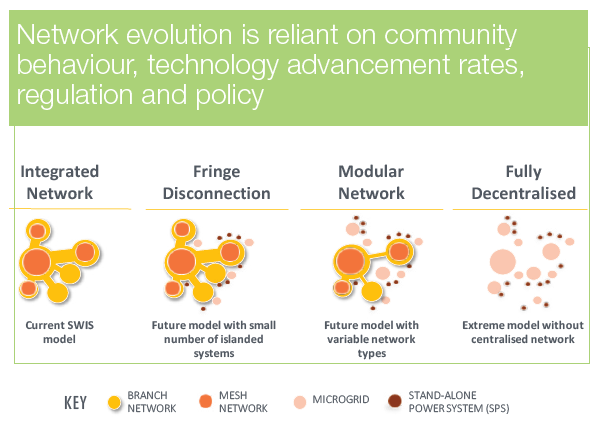
Figure 4: Reshaping the network
Reshaping the grid with new technologies will help improve reliability, particularly for areas previously serviced by long feeders, and improve the cost of delivery, which is beneficial to all users of a regulated entity. SPSs also reduce costs for WP customers, while improving reliability for remote customers. For customers, a new grid will enable choice on how to generate and consume electricity. Hence, WP’s innovative GTEng is helping reshape the grid into what could potentially be the grid of the future.
For more information on WP’s GTEng, please contact WP’s Grid Transformation Team at Ben.Bristow@westernpower.com.au.
References
[1] https://westernpower.com.au/about/what-we-do/

